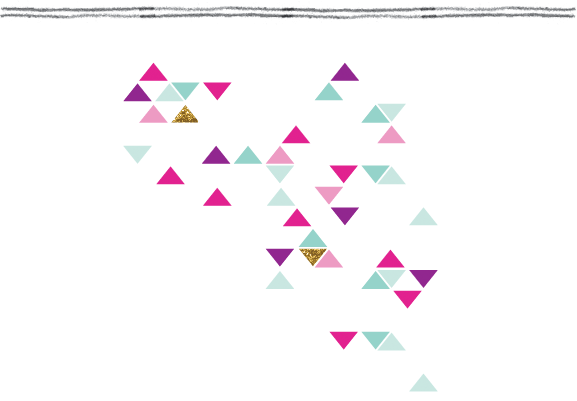When you’re looking to buy bird’s nest online, spotting a genuine product can be tougher than you’d expect. Counterfeits are common, and it’s easy to fall for convincing fakes if you don’t know what to watch for. You want every dollar to go toward real health benefits, not just a fancy-looking imitation.
So, how can you make sure you’re not being misled when shopping virtually? Let’s break down what really matters.
Key Takeaways
- Check for supplier transparency, certifications, and lab test reports to confirm the nest’s authenticity.
- Inspect product photos for natural off-white or reddish tones and fibrous, uneven textures rather than bright white, symmetrical, or smooth nests.
- Review customer feedback for comments on aroma, taste, and authenticity to gauge supplier credibility.
- Confirm the nest is hand-cleaned and traceable by asking for documentation on cleaning and sourcing processes.
- Be cautious of prices that are unusually low, as real nests are costly to harvest and process ethically.
Visual Differences: Color, Shape, and Texture
When examining bird’s nests, distinct visual cues can help differentiate real nests from artificial ones.
In terms of color, authentic bird nests typically exhibit natural tones such as off-white, yellowish, or reddish hues, whereas artificial nests often appear unnaturally bright white.
In considering shape and structure, real nests are characterized by intricate designs, often resembling cup or boat shapes, and may include small feathers. In contrast, artificial nests tend to be excessively symmetrical or bulky.
While examining USA bird nests, one can rely on texture as an important clue: genuine nests are fibrous with a slightly uneven surface and display a delicate, translucent quality when viewed under light.
During visual inspection, artificial nests are often identified by their overly smooth, opaque, or uniformly shiny appearance.
Water Absorption and Soak Test
The water absorption and soak test is a reliable method for distinguishing between real and fake bird's nests.
When conducting the soak test, genuine bird nests absorb water efficiently, expanding to approximately 7-9 times their original weight. Authentic nests transform into a gelatinous mass and release a distinctive bubbly foam in the soaking water, which isn't observed in fake nests.
Fake nests don't absorb moisture effectively and primarily result in water cloudiness. It's important to observe these physical changes closely, as genuine nests undergo a significant structural transformation.
Real bird nests require a longer soaking process, which is indicative of their potential nutritional benefits when consumed.
Aroma and Taste Clues
Aroma can be a useful indicator in identifying real bird’s nests as opposed to counterfeits. When prepared, an authentic bird’s nest emits a subtle egg-white aroma, which is neither harsh nor overwhelming.
A strong chemical, plastic-like, or medicinal scent may suggest that the nest is fake or has been treated with additives.
In addition to the aroma, the taste is another factor to consider during evaluation. Genuine bird’s nests have a delicate, mild flavor and smooth texture, while fake ones might taste bland or unpleasant.
Authentic bird’s nests are also associated with certain health benefits, making aroma and taste assessments important for making informed purchasing decisions.
Supplier Transparency and Documentation
Supplier transparency is essential in verifying the authenticity of bird’s nests and avoiding counterfeit products. When purchasing online, it's important to verify if the supplier provides detailed sourcing information.
Genuine bird’s nests should be accompanied by documentation such as lab test reports and certifications, which confirm their quality and purity. Additionally, information on the cleaning processes, particularly if they involve hand-cleaned, chemical-free methods, should be considered.
Trustworthy suppliers will provide product traceability information, enabling consumers to verify the origin of the nests. Furthermore, examining customer reviews can offer insights into the credibility of the supplier and the authenticity of their bird’s nests.
These reviews serve as practical indicators of the reliability of the supplier.
Practical At-Home Authenticity Tests
Several practical tests can assist in distinguishing between real and fake bird's nests at home.
The Crumble Test involves checking the texture: authentic bird's nests will crumble into a powdery form, whereas counterfeit ones will break into hard chunks.
In the Soak Test, genuine nests will expand and become gelatinous, with the soaking water remaining clear and bubbly. In contrast, fake nests tend to dissolve poorly and cause the water to become cloudy.
When examining texture and color, authentic nests generally appear off-white or reddish and have a fibrous quality.
The Burn Test further differentiates them: real bird's nests burn with a scent reminiscent of protein, while fake ones might melt or emit a plastic-like odor.
These tests can help verify the nutritional value and confirm the presence of true swiftlet saliva.


